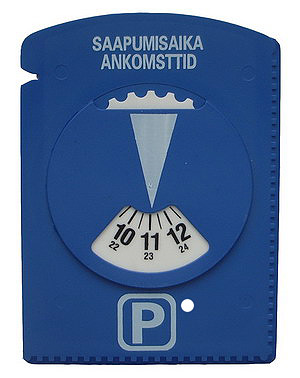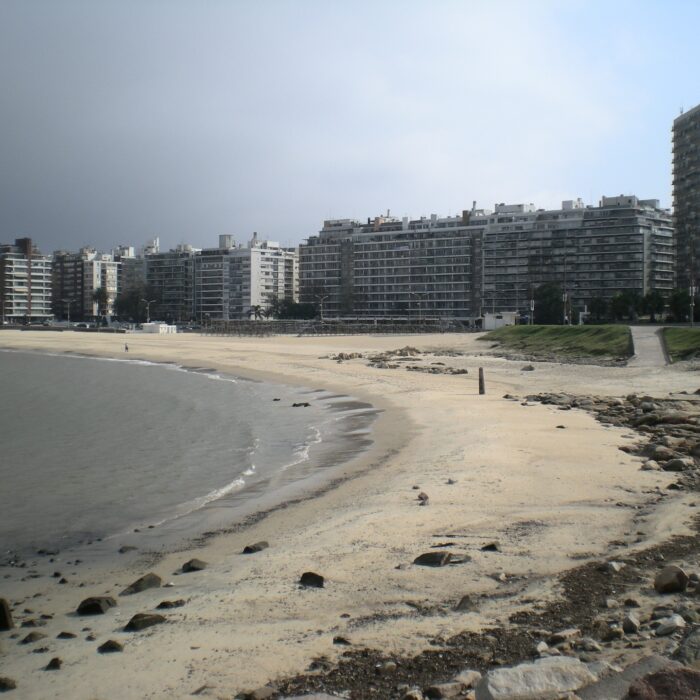Driving and parking regulations in Finland have specific rules, and understanding them is crucial to avoid fines and other issues. This guide provides clear information on Finnish parking regulations and practical tips to ensure compliance.
General Parking Rules in Finland
In Finland, vehicles drive on the right-hand side, so typically, parking is permitted only on the right side of the carriageway. However, if it’s a one-way street, parking is allowed on both sides.
Where Parking (Standing) is Prohibited
Finnish traffic rules strictly prohibit parking in the following situations:
- Near turns and intersections.
- On tramways or railway tracks, or within 30 meters from railway crossings.
- Within 5 meters before intersections.
- In the presence of a row of already parked cars.
- Where parking obstructs traffic flow or emergency vehicle access.
- On overpasses, bridges, tunnels, or below them.
- Exclusively on sidewalks.
- In areas lacking designated parking markings.
- On roads marked by the “Priority Road” sign outside built-up areas.
- Along yellow prohibiting marking lines.
- In paid parking zones without paying the required fee.
- In areas marked with signs explicitly prohibiting parking or standing.
How to Park Correctly in Finland
Vehicles must be parked:
- Parallel to the road.
- As far as possible from the central axis of the street.
- Without creating hazards or obstructing traffic.
Parking in Helsinki and Major Cities
Parking in Helsinki and major Finnish cities is often challenging and regulated into zones:
- Central zones: Expensive hourly rates.
- Peripheral zones: Cheaper rates.
- Free parking areas: Near shopping centers or large stores, usually limited to 1-4 hours, occasionally 30 minutes or up to 6 hours.
Parking costs typically average around €1.50 per hour but are significantly higher in central Helsinki.
Parking for Residents vs. Tourists
- Residents often have designated local parking rights.
- Tourists do not have local parking rights and must carefully follow parking signage instructions regarding paid parking intervals and costs.
- Outside specified paid parking times, parking is usually free without restrictions.
Important Parking Signs and Regulations
- Always follow parking schemes indicated by roadside signs.
- Parking violations, such as improper vehicle positioning, can result in fines—even if the parking fee is paid.
- Never park in disabled spaces without an appropriate permit, regardless of their availability.
- Guest parking areas are labeled “Vieras” (guest). Unauthorized vehicles parked here, especially foreign-registered cars, risk fines or being towed.
Use of Parking Discs in Finland
In certain areas, Finland requires the use of a parking disc:
- A parking disc (parkkikiekko) is a mandatory blue panel measuring 10×15 cm with a rotating time disc.
- It indicates your parking start time rounded up to the nearest half-hour or hour.
- Once set, you cannot change the indicated start time.
- The disc must be placed prominently under the windshield (in the center or driver’s side).
- Parking discs can be purchased at petrol stations or car accessory stores for approximately €2-3.
- Foreign-registered cars can use similar parking discs from other countries, provided they visibly match the Finnish type.
- Only one parking disc is allowed to be displayed at a time.

Practical Tip
Set a mobile reminder 15 minutes before your parking time expires to avoid fines. When your parking period ends, move your vehicle to another spot and reset the disc.
Penalties and Consequences of Parking Violations
- Illegal parking carries a standard penalty of €50.
- Fines must be paid within 30 days via Euroshtraf or any Finnish bank.
- Keep proof of fine payment for at least five years and carry it when traveling to Schengen countries.
Failure to pay fines can result in:
- Entry into the Schengen Information System (SIS-2) database, accessible by border guards and officials.
- Demand for payment at border checkpoints.
- Possible restrictions on obtaining a Schengen visa (1-5 years).

International Driving Permit for Finland
Although an international driver’s license isn’t mandatory in Finland, it’s strongly recommended if you plan to drive in other EU and non-EU countries. Obtaining an international driving license:
- Eases driving abroad.
- Simplifies interactions with local authorities.
You can easily register for an International Driving License online through our website, making your travels safer and more convenient.
Drive safely, respect local parking regulations, and enjoy your trip in Finland!

Published September 10, 2018 • 4m to read





